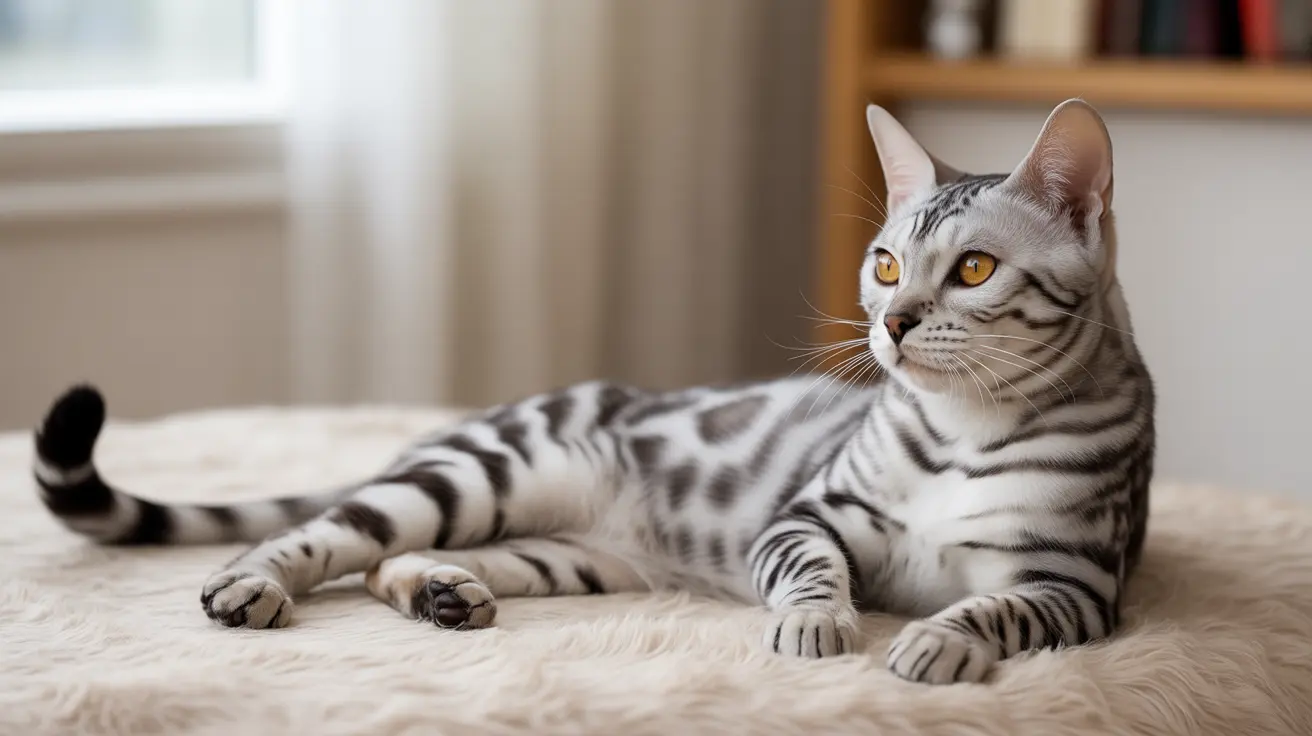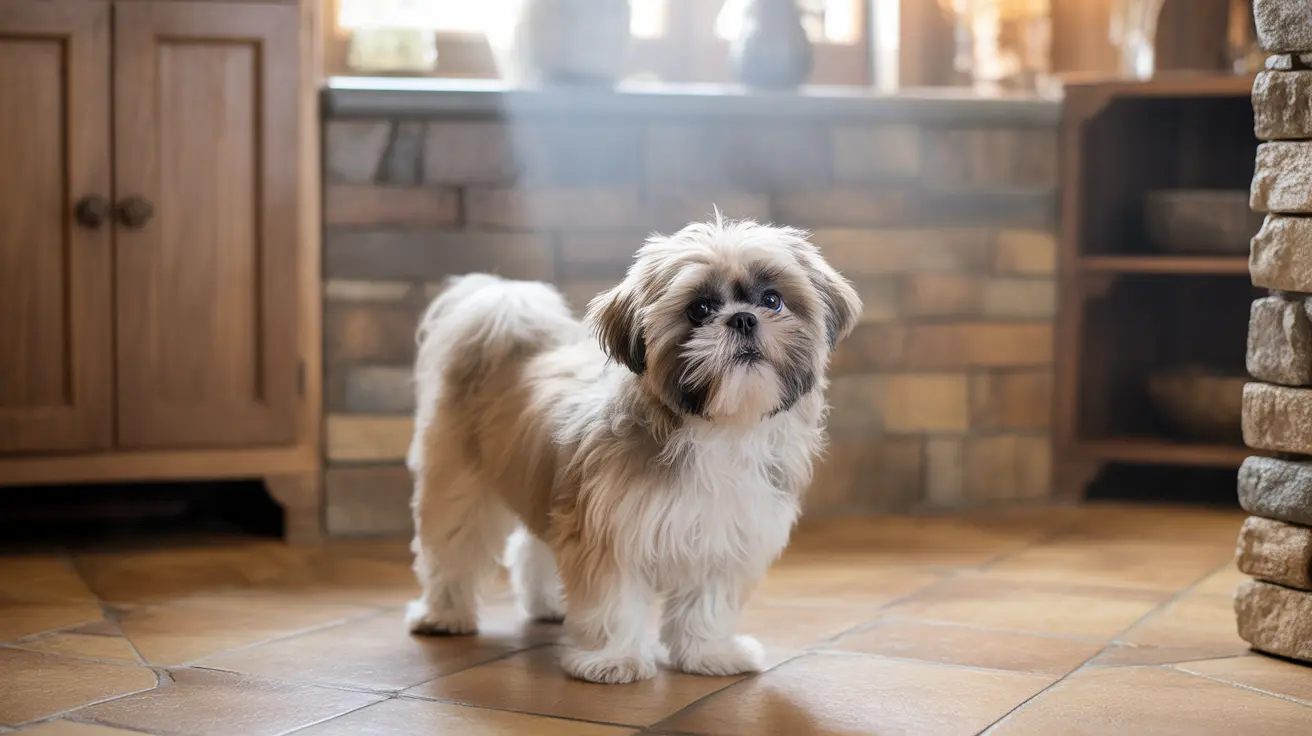The Science Behind Cat Emotions
Scientific research confirms that cats don't laugh in the traditional sense. Unlike great apes and some other mammals that display play vocalizations similar to laughter, cats have evolved different ways to express positive emotions. Their evolutionary history as solitary hunters has shaped how they communicate feelings.
Studies show that cats have developed specific vocalizations and body language cues that serve as their unique emotional expression system. While they may not have the cognitive capacity for humor as humans understand it, they certainly experience and demonstrate joy in their own ways.
How Cats Express Happiness and Joy
Cats communicate their positive emotions through various physical and vocal signals:
- Purring: The most recognizable sign of contentment
- Slow blinking: Often called "cat kisses"
- Trilling or chirping sounds: Expressing excitement
- Relaxed body posture: Including a loose tail and exposed belly
- Kneading behavior: Often accompanied by purring
- Playful behavior: Including zoomies and gentle paw batting
Understanding Cat Body Language
A happy cat displays distinct body language signals that indicate their positive emotional state. Their ears remain forward and relaxed, whiskers point forward, and their tail may stand upright with a slight curve at the tip. These subtle cues are their way of expressing joy and contentment without the need for laughter.
The Cat-Human Emotional Connection
While cats don't laugh, they are remarkably attuned to human emotions. Research indicates that cats can recognize human emotional states and often respond accordingly. They may not join in when you laugh, but they understand when you're happy and often mirror your positive energy through their own expressions of contentment.
Many cats develop personalized ways of showing affection to their human companions, from specific meows to unique physical gestures. These behaviors strengthen the bond between cats and their owners, creating a special form of emotional communication.
Frequently Asked Questions
Can cats actually laugh like humans do?
No, cats cannot laugh like humans do. They lack the physical and cognitive mechanisms for laughter, but they express joy and happiness through other means such as purring, trilling, and body language.
How do cats show happiness or amusement without laughing?
Cats demonstrate happiness through purring, slow blinking, relaxed body posture, kneading, chirping sounds, and playful behavior. These are their natural ways of expressing positive emotions.
What body language cues indicate a cat is feeling playful or content?
Look for relaxed ears, forward-pointing whiskers, a gently raised tail with a slight curve, soft eyes with slow blinks, and a loose, comfortable body posture. Playful cats may also show dilated pupils and engage in energetic movements.
Do cats understand or react to human laughter and emotions?
Yes, cats can recognize and respond to human emotions, including happiness. While they may not understand laughter specifically, they pick up on the positive energy and often react favorably to happy human expressions.
How can I tell if my cat is happy or trying to make me laugh?
While cats don't intentionally try to make humans laugh, they show happiness through purring, relaxed body language, slow blinks, and engaging in playful behavior. These signs indicate your cat is content and comfortable in your presence.
Conclusion
Though cats don't laugh in the way humans do, they have their own rich repertoire of expressions to show joy, contentment, and playfulness. Understanding these unique feline communications helps us better connect with our cats and appreciate their emotional complexity. By recognizing and responding to their happiness signals, we can build stronger bonds with our feline companions.






